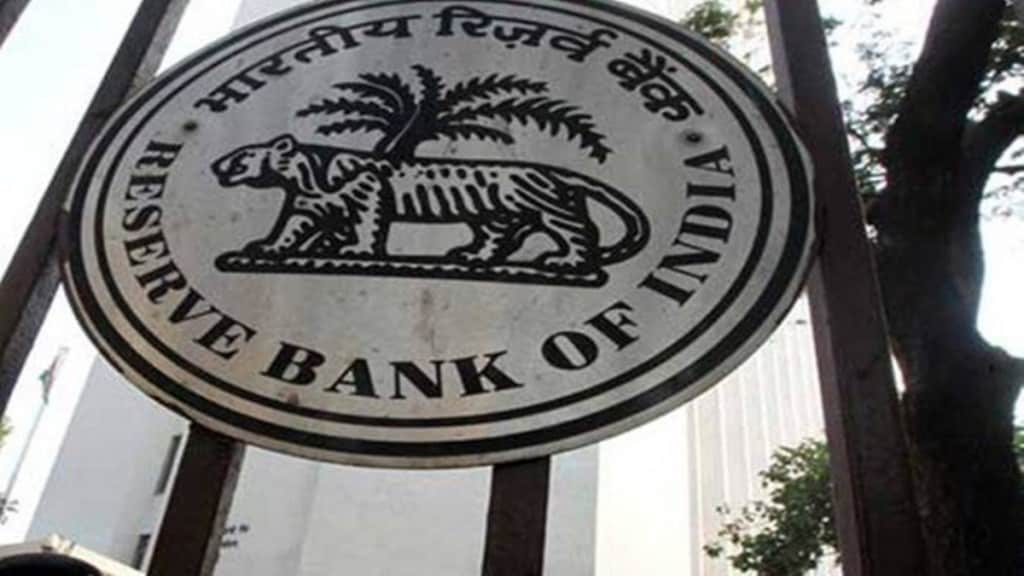Reserve Bank of India’s recent suggestions to bank boards on improving governance standards are well-timed. Good governance is crucial for the stability, credibility, and sustainability of banks, and it’s comforting to see an alert regulator issuing a reminder to bank directors that they should be vigilant, as most bad decisions are usually taken during good times. RBI Governor Shaktikanta Das made three critical points: one, despite guidelines on corporate governance, the regulator has come across gaps in some banks which has the potential to cause some degree of volatility in the financial sector. Two, he highlighted the use of innovative ways to make loans look good, popularly known as evergreening.
The third point the governor made was that independent directors of banks must be truly independent—not only of the management, but also of controlling shareholders. Interestingly, Das said RBI has noticed the dominance of CEOs in board decision making and referred to instances of agenda papers not being circulated well in advance of board meetings. While Das was talking about banks, it’s a common problem for companies in general. The suggestions are eminently sensible and bank boards would do well to listen to his advice.
But there are a couple of issues here, the solutions to which are outside RBI’s remit. Take for example Deputy Governor Rajeshwar Rao’s suggestion that the boards of banks must hold the managements accountable for their actions, and should even replace them if they do not meet expectations. The problem is that the audience comprised of directors of public sector banks, and no one knows how they can replace the management. Rao did not specify how any board could do that in India, nor did he explain what he meant by management. Advice of this kind, which has little chance of getting implemented, would only lead to a lot of cynicism. The other problem with putting the entire onus on bank boards without having the required ecosystem in place is that it might lead to more “lazy banking”—a euphemism for avoiding risk of any kind.
While the record of the board will remain squeaky clean, not much will happen in terms of bringing in innovative practices. That probably explains the huge increase in retail loans. RBI’s Trend and Progress of Banking in India has pointed this out by saying in recent years, Indian banks appear to have displayed herding behaviour in diverting lending away from the industrial sector towards retail loans. But empirical evidence suggests that a build-up of concentration in retail loans may become a source of systemic risk.
The point is that the government and RBI roadmaps already available on matters concerning governance in the banking sector. The RH Patil-led advisory group on corporate governance (2001), the AS Ganguly-led consultative group of directors of banks and financial institutions (2002) and the PJ Nayak Committee on the governance of boards of banks in India (2014) have gone into the issue in detail and suggested a roadmap, which includes reduction of the government’s role in banks. Then there is the problem of bankers being held accountable for decisions long after their serving days, which encourages status quo-ism. Not much progress has been done on any of these. Just reminding bank directors of their responsibilities may be ticking the right boxes, but that may not solve anything.


